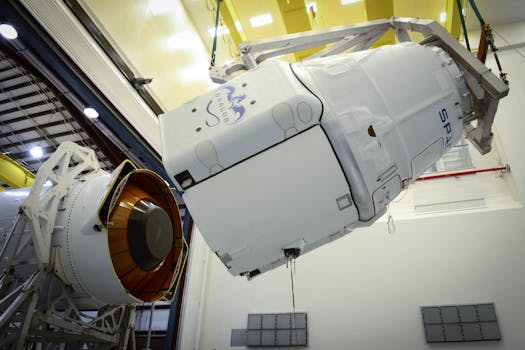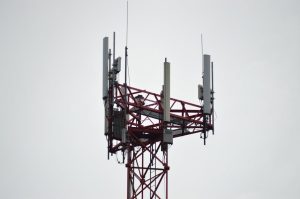
The Future of Satellites: Exploring the Next Generation of Space Technology
The future of satellites holds much promise, with advancements in technology and innovation leading to a new era of space exploration and development. The future of satellites is a topic of great interest and importance, as these orbital devices play a crucial role in our daily lives, from enabling global communication and navigation to providing critical weather forecasting and Earth observation capabilities.
At the beginning of the future of satellites, it’s essential to understand the current state of satellite technology and the trends that are shaping its future. One of the most significant advancements in satellite technology is the development of small satellites, also known as smallsats. These tiny satellites, often no larger than a shoebox, are revolutionizing the space industry by providing a cost-effective and efficient way to launch satellites into orbit.
Another key trend in the future of satellites is the rise of satellite constellations. These constellations, comprising hundreds or even thousands of satellites, are being developed by companies such as SpaceX, Amazon, and OneWeb to provide global internet connectivity and other services. Satellite constellations have the potential to bridge the digital divide and provide internet access to remote and underserved communities around the world.
Advances in Satellite Technology
In addition to small satellites and satellite constellations, there are several other advances in satellite technology that are shaping the future of satellites. One of the most significant is the development of advanced propulsion systems, such as electric propulsion and advanced ion engines. These systems enable satellites to maneuver more efficiently and effectively in orbit, extending their lifespan and improving their overall performance.
Another important advance in satellite technology is the development of advanced materials and manufacturing techniques. New materials, such as carbon fiber and advanced composites, are being used to build lighter, stronger, and more efficient satellites. Additionally, advances in 3D printing and other manufacturing techniques are enabling the rapid production of satellite components and subsystems.
Applications of Satellites in the Future
The future of satellites holds much promise, with a wide range of applications and use cases. One of the most significant is the provision of global internet connectivity. Satellite constellations, such as those being developed by SpaceX and Amazon, have the potential to provide fast, reliable, and affordable internet access to communities around the world.
Another important application of satellites in the future is Earth observation. Satellites are playing an increasingly critical role in monitoring the health of our planet, from tracking climate change and deforestation to monitoring ocean health and predicting natural disasters. Advanced satellite sensors and imaging technologies are enabling scientists and researchers to gather more detailed and accurate data about our planet than ever before.
Challenges and Opportunities in the Future of Satellites
While the future of satellites holds much promise, there are also several challenges and opportunities that must be addressed. One of the most significant is the issue of space debris. As the number of satellites in orbit increases, so does the risk of collisions and the accumulation of debris. This poses a significant threat to the long-term sustainability of space exploration and development.
Another challenge facing the future of satellites is the need for international cooperation and regulation. As the use of satellites becomes more widespread, there is a growing need for global standards and regulations to govern their use and operation. This includes issues such as spectrum allocation, orbital slots, and liability for accidents and damage.
